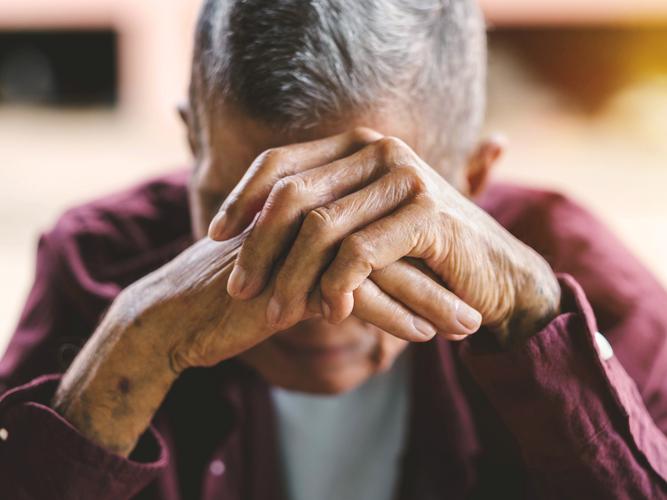CHICAGO, IL – Nearly 1.5 million U.S. adults reside in nursing homes. It’s no secret that nurses across the nation are struggling from being overworked and understaffed. When this happens, residents are more prone to neglect and abuse. One of the most common signs of neglect is bedsores. Bedsores, or pressure ulcers, are caused by pressure from lying in bed, sitting in a wheelchair or wearing a cast for a prolonged period of time.
Stages of bedsores
There are four stages of bedsores:
- Stage 1 is the mildest form of bedsores. The skin’s top layer is the only part affected. At this stage, the skin is not opened nor cracked. At this stage, nursing home staff should continuously check on the resident’s position, provide wound care, and regularly check to prevent bedsores from returning. Those who suffer from Stage 1 bedsores may recover in a few days; however, these ulcers should be treated immediately to prevent it from worsening.
Symptoms may include mild burning or itching, feel firmer than surrounding tissue, have a warmer temperature from surrounding normal tissue, sore to touch and appear red in people with lighter skin and blue or purple in people with darker skin.
- Stage 2 is when the ulcer begins to penetrate the inner layer of skin and often times has fluid build-up or is blistered. The sore breaks into the second layer, but can be easily treated in a matter of days to avoid complications including inflections that can spread to the blood, bones and internal organs.
Symptoms may include a shallow, crater-like wound, yellowish fluid blister that may or may not have burst, pain, swollen, sore or red tissue around the sore, drainage or pus at the ulcer.
- Stage 3 unfortunately shows that neglect or abuse is already present. When the pressure ulcer breaks into the second layer of tissue, it may look like a cater and turn black due to the dead tissue surrounding the infected area. Antibiotics are required to be prescribed, along wit other supportive treatment measures to fight the infection and speed up the healing process.
Symptoms may include pus, redness, foul odor, or discolored drainage.
- Stage 4 is the most severe kind of bedsore usually affecting the muscles and ligaments which can take months to heal, or worse, may never heal. Residents suffering from stage 4 bedsores need to be taken to the hospital immediately where surgery may be required.
Symptoms may include extreme pain, drainage, dead tissue, visible muscles or bone, or a dark, hard substance known as eschar.
How to prevent bedsores
Bedsores can be prevented by nurses and nursing home staff inspecting the residents skin for areas of redness, particularly paying close attention to bony areas. Other methods to prevent bedsores may include:
- Turning and re-positioning residents every 2 hours from their bed or wheelchair
- Provide soft padding in wheelchairs to reduce the likelihood of pressure ulcers from forming
- Helping residents sit upright in a wheelchair, changing positions every 15 minutes
- Providing good skin care by keeping the residents skin clean and dry
- Providing residents with good nutrition
Congress passed the Elder Abuse Protection and Prosecution Act in 2017 to prevent pressure ulcers and other injuries of mistreatment towards elder individuals. The U.S. government has also emplaced the Residents’ Bill of Rights to ensure residents living in nursing home facilities are treated fairly and with dignity.
When to contact a nursing home neglect lawyer
Bedsores are typically the result of insufficient and negligent care. If you know something is wrong and your loved one is suffering, you should immediately contact an experienced nursing home neglect and abuse lawyer. The knowledgeable and skilled attorneys at the Dinizulu Law Group are here to help you. Call us today at (312) 384-1920 for a free consultation and to learn how we can help you.



